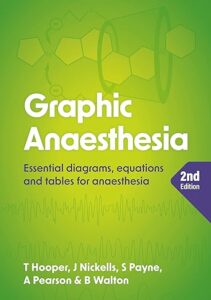There is a wealth of textbooks available for the Primary FRCA, and many people you speak to whether trainees, consultants, or staff grades will offer differing opinions on what they found useful in their preparation.
Here we discuss the Primary FRCA textbooks we used to guide us through this challenging exam at the first attempt. We have also referenced relevant chapters in these books in our questions, with the hope it’ll be easier for the user to read around a topic after answering a question.
The Masterpass books: The Primary FRCA structured oral examination Study Guides 1+2. 2nd edition. Wijayasiri and McCombe. 2016.
These paired books are aimed towards the SOE, but in doing so they cover a significant proportion of the curriculum for physiology, physics and pharmacology, with a section in book 2 on ‘special patient groups’ which is highly relevant for the SBA and clinical SOE alike.
They are well-written, and provide a level of detail that is more than adequate, but not excessive. Both are required for sufficient coverage of the syllabus.
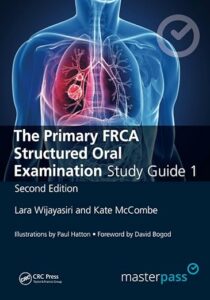
Pharmacology for Anaesthesia and Critical Care. Peck and Hill.
Peck and Hill is deemed essential reading by many, and it’s easy to see why. The breadth is excellent, and mostly at a very appropriate depth. Sue Hill is also an examiner, which doubtless helps with the relevance of this textbook. For us, this is the pharmacology reference text of choice.
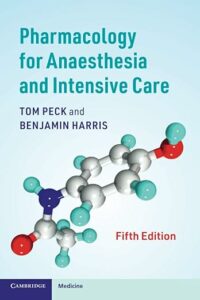
Physics, Pharmacology and Physiology for Anaesthetists: Key concepts for the FRCA. 2nd edition. Cross and Plunkett. 2014.
Affectionately referred to as the ‘Three Ps’ by many, this black and white textbook makes up for its relatively simple formatting with an absolute wealth of knowledge. Its unique collection of graphs, many of which resurface in the SOE, makes it a must-buy in our opinion. While the depth of the explanations is lighter than in other books, the breadth of the content more than compensates.
Of particular use are the tables in the appendix, which detail the pharmacokinetic and physiochemical properties of the volatiles, opiates, and local anaesthetics, along with detail on vasopressors, electrical symbols, and more.
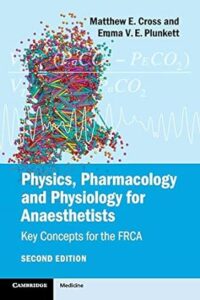
Equipment in Anaesthesia and Critical Care: A complete guide for the FRCA. Aston, Rivers, Dharmadasa. 2014.
A substantial proportion of the physics curriculum includes equipment, with wide-ranging topics including defibrillators, gas pipelines, ventilators and more. This book covers the spectrum of content with diagrams and explanations which make it about as digestible as this heavy topic can be.
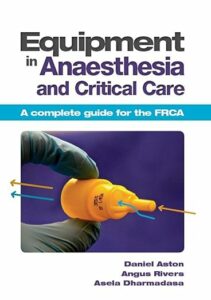
Graphic anaesthesia: Essential diagrams, equations and tables for anaesthesia. 2nd edition. Hooper, Nickells, Payne, Pearson and Walton. 2023.
Graphic anaesthesia covers a substantial range of topics across the whole curriculum. Although the level of detail in the text is slightly below that of other resources, a wide range of diagrams and a dedicated section to anatomy, including the anatomy of the main nerve blocks, more than compensates.
It serves a useful purpose as a single book to take into theatre for long cases/during nights that provides breadth, without being too cumbersome to lug around. We would recommend adding this to your collection.
